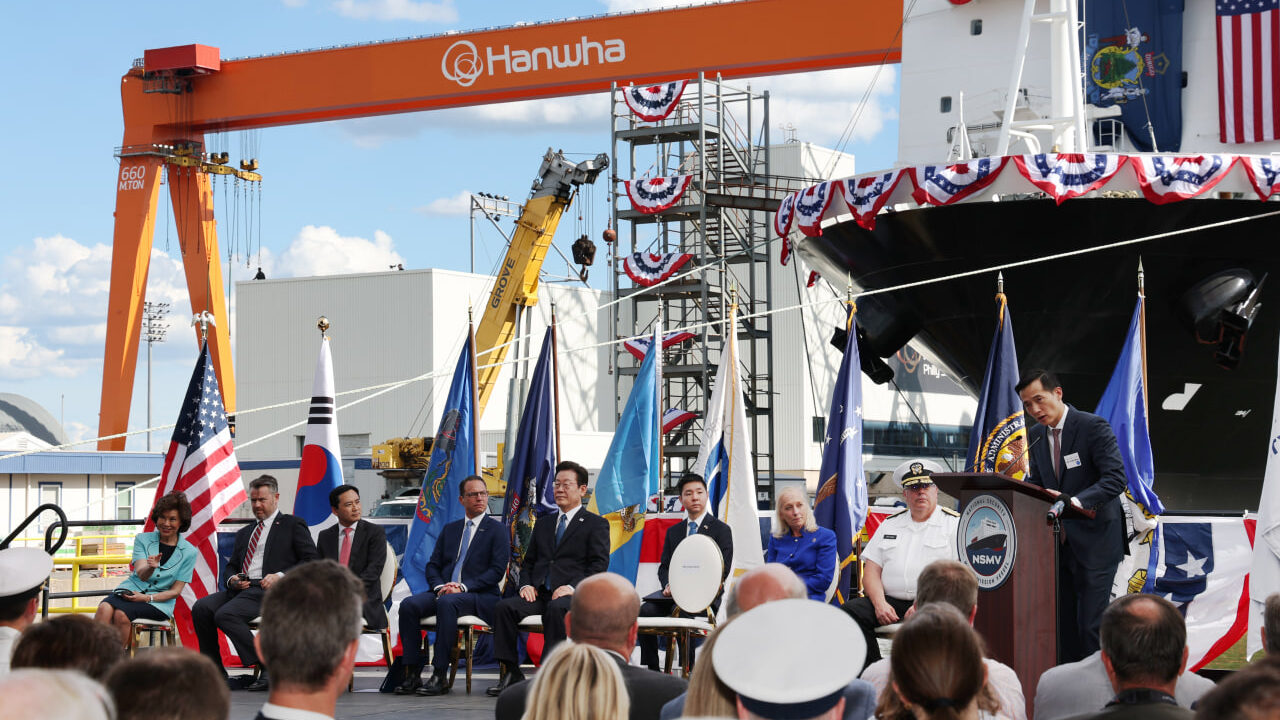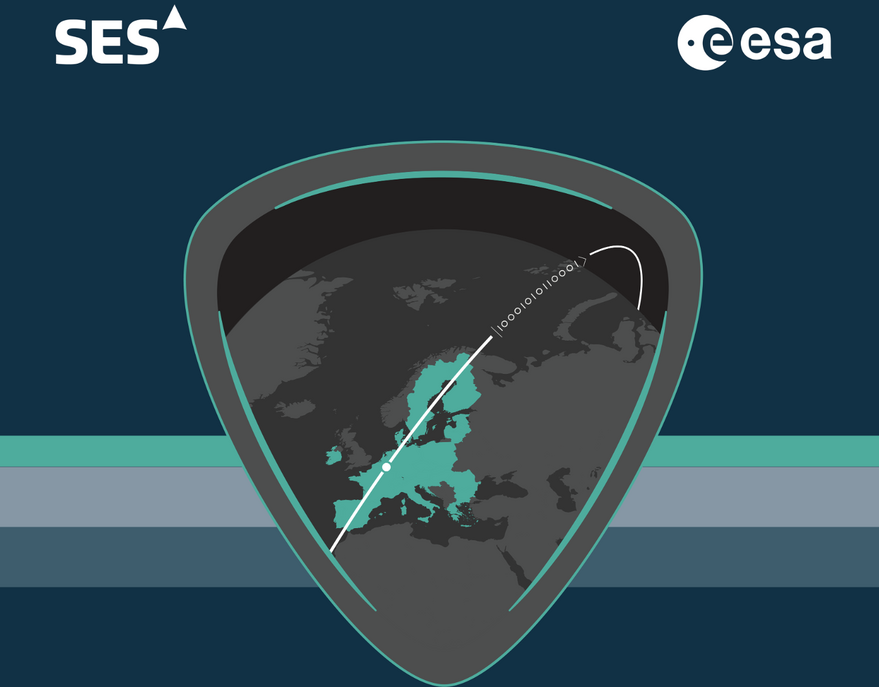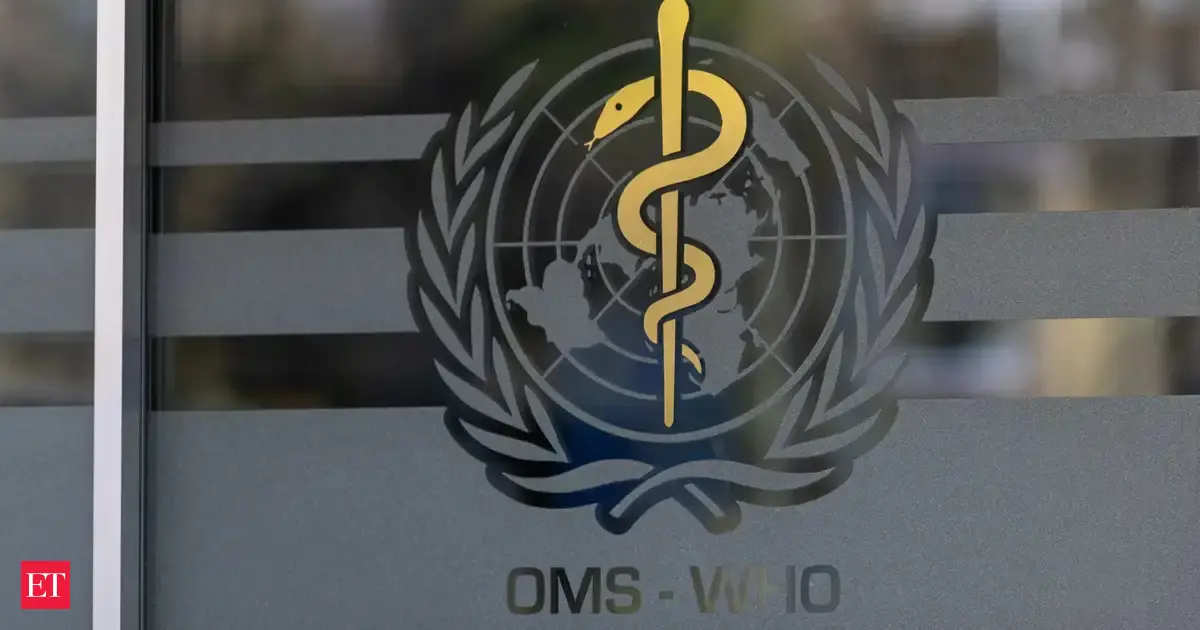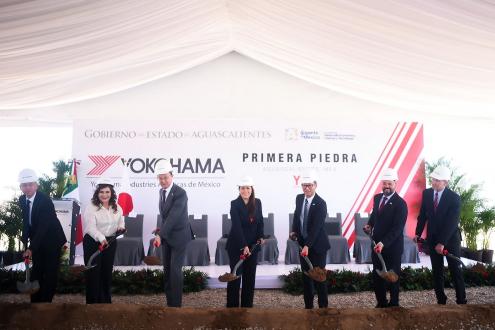Copyright Breaking Defense

WASHINGTON — President Donald Trump in a social media post Wednesday said the United States will share sensitive nuclear submarine propulsion technologies with South Korea, a major diplomatic step that the Biden administration had stopped short of granting its key Indo-Pacific ally. “South Korea will be building its Nuclear Powered Submarine in the Philadelphia Shipyards, right here in the good ol’ U.S.A. Shipbuilding in our Country will soon be making a BIG COMEBACK,” Trump said in a post on Truth Social. South Korea’s Hanwha purchased Philly Shipyard from a Norwegian investment group last year in a strategic bid to advance its business with the US Navy. In a separate post, Trump, who is visiting multiple countries in Asia this week, said South Korea had agreed to pay $350 billion in exchange to lower tariffs levied against the country by the White House. The nuclear propulsion technology used by the United States, United Kingdom and — under the auspices of the AUKUS agreement, Australia — is highly coveted and closely guarded. South Korea had previously approached the Biden administration about gaining access to the technology, but was turned down. The Associated Press reported that South Korean President Lee Jae Myung said today that those conversations may have been misunderstood by the former administration as South Korea seeking nuclear weapons, rather than just fuel. The South Korean president also reportedly said possessing nuclear-powered submarines would help South Korea contribute to security in the region — a key selling point that American and British officials pushed when explaining why they agreed to assist Australia in acquiring nuclear-powered submarines in 2021. The prospect of South Korea building its submarines in the United States would raise a litany of questions for the American maritime industrial base. While under its previous owners, Philly Shipyard largely concentrated on building commercial ships. The new management from Hanwha has been clear-eyed that it will pursue US Navy programs, but establishing a shipyard capable of building nuclear submarines would be a massive undertaking — a task that is scheduled to take Australia well into the 2030s and 2040s.



